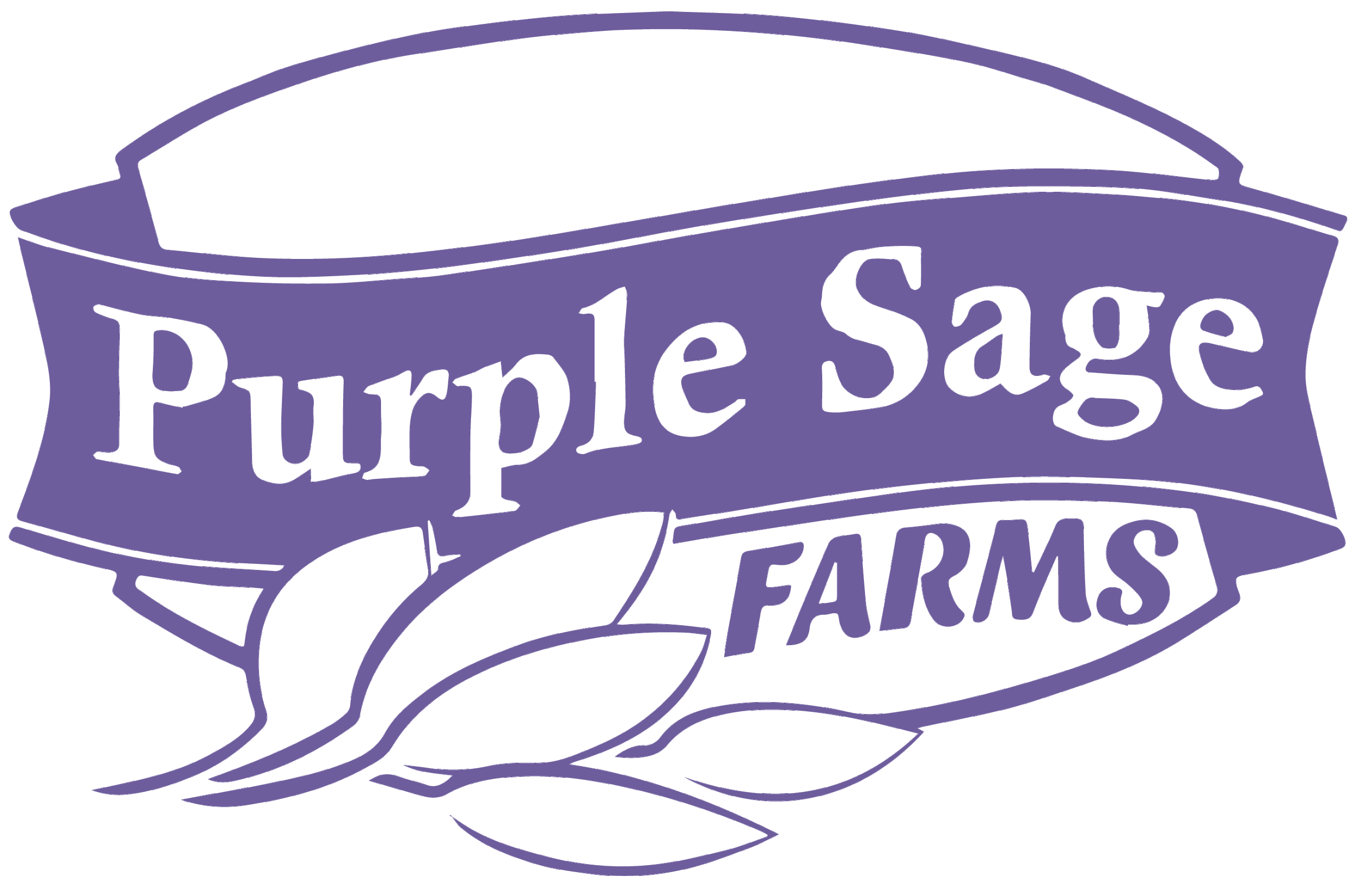Lamb Cooking Tips
by Tamara Sloviaczek and Arlie Sommer
We are delighted to visit with customers at the farmers market and meet so many who cook grass-fed lamb at home and who appreciate the delicate flavor of this versatile meat.
Our family serves lamb at almost every holiday and special occasion; it’s a food tied to cultural festivities across the globe. But, you don’t have to host a wedding to enjoy lamb, it can also be prepared quickly on a week night, with little preparation, and even without a complicated recipe.
The following are tips we use for cooking lamb any day of the week!
Herby lamb chops, hot off the grill /Arlie Sommer
Dry Age
Remove your lamb from the package, lay on a raised rack, removing the meat from its juices. Refrigerate for two to four days, depending on the size of the cut of meat.
Olive Oil & Salt Rub
Whether grilling, roasting, slow cooking in the oven, crock, or an Instant Pot, coating the lamb in olive oil and salt is a simple way to improve the flavor of the dish.
Experiment With Flavor
Start with olive oil, salt, and minced garlic, then add chopped fresh or ground dried herbs and spices. Try rosemary, oregano, thyme, sage, or mint. Spices like ginger, cardamom, cumin, coriander, black pepper, turmeric, and saffron are delicious too. Use different combinations or herbs and spices to keep it interesting.
Marinate
Use a plastic bag to completely submerge the meat in the marinade, soaking for at least a few hours. After two hours marinating, the meat won’t absorb additional flavor. Squeeze the bag and meat to further infuse the flavor.
Leave The Bones In
Bones add flavor and vital nutrients to your dish during the cooking process.
Slow Roast Lamb
After slow roasting, separate the meat from the juices. Allow the juices to cool and then skim the fat off. Rehydrate the meat by serving the carved slices on a platter in the au jus.

